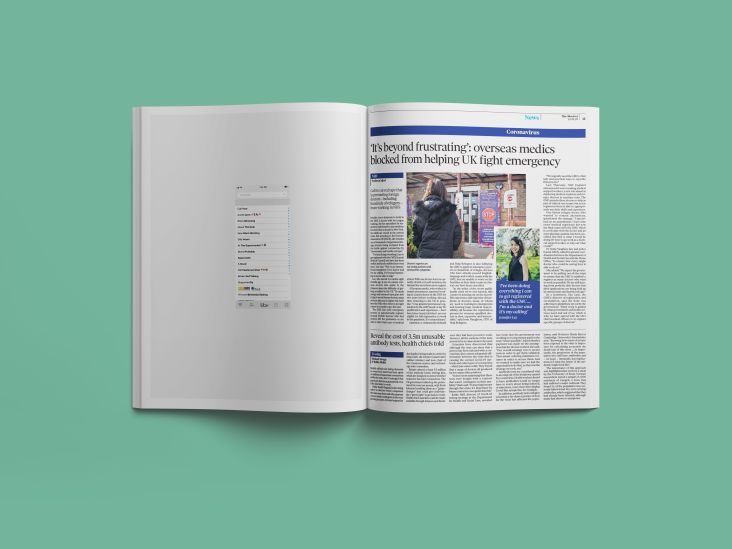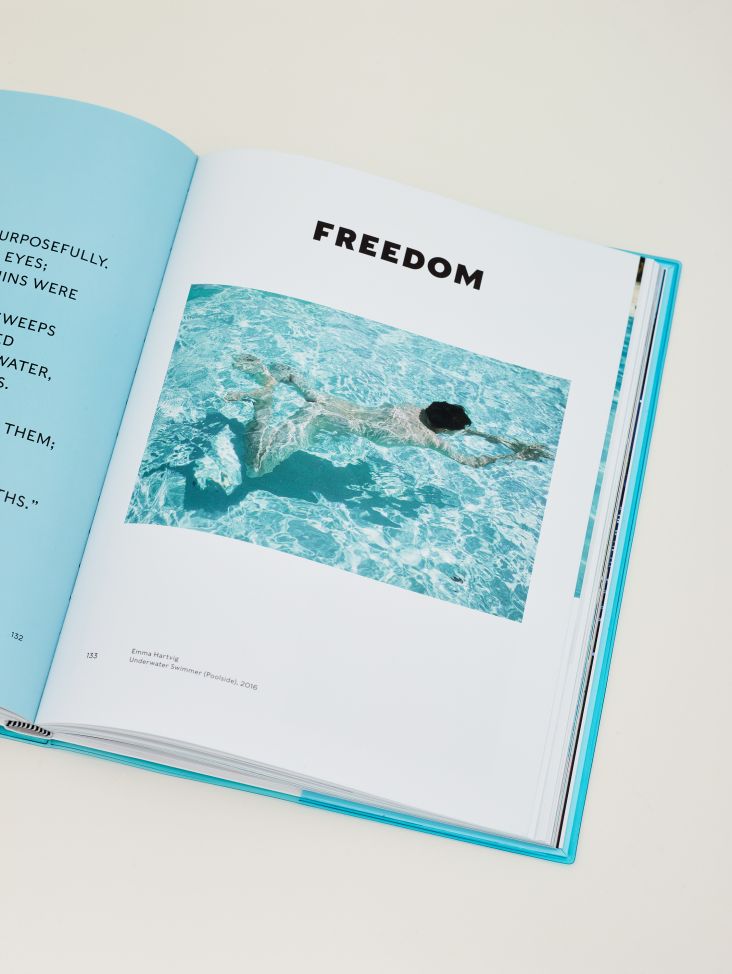In Atlantic City: Photographs by Timothy Roberts that show its 'last hurrah' following years of struggle
Two weeks into lockdown here in the UK and it already feels like an alien concept to see people together in public. How the world changes so fast. In America's Atlantic City, even before coronavirus, people were facing their own struggles.
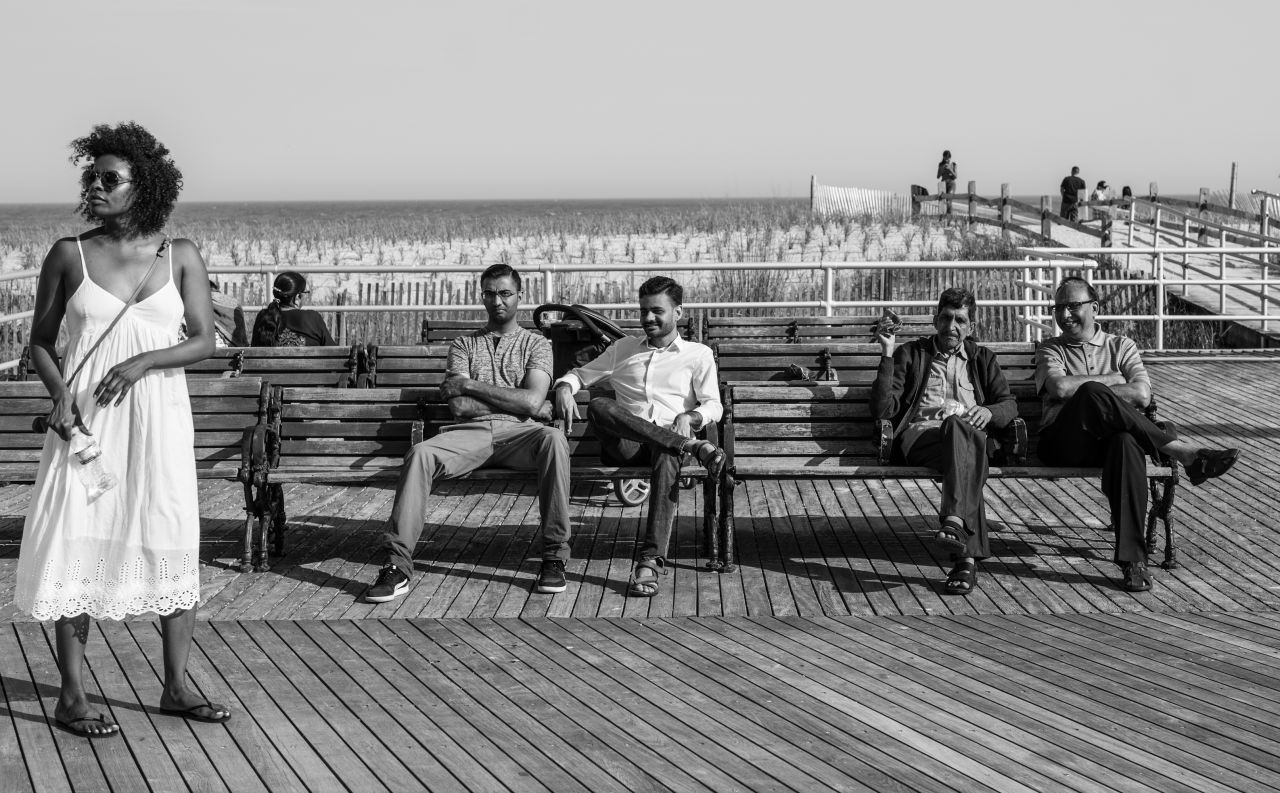
The Boardwalk at Maryland Avenue. © Timothy Roberts (All images courtesy of Daylight and the artist)
Once known as 'The World's Playground' with its glittering casino hotels and night clubs, and legendary boardwalk and beach, it's a place that looms large in the American imagination. It's been the subject of many movies and TV shows including Louis Malle's classic Atlantic City in 1980 and more recently, HBO's Boardwalk Empire set in the era of Prohibition. It was, in fact, a refuge for those fleeing Prohibition: the casinos offered the unsleeping promise of redemption at the pull of a lever or roll of the dice.
Based in Philadelphia, about an hour's drive from Atlantic City, Photojournalist Timothy Roberts decided to capture the iconic resort between 2015 and 2019 when the city was in an economic crisis due to the closure of many of its casinos, including three owned by Donald Trump. The local population, many of whom depended upon the casinos for their livelihoods, were left without jobs and the unemployment rate rose to 40%. It got so bad that by 2016, New Jersey Governor Chris Christie signed a rescue bill that would prevent Atlantic City from running out of money.
Timothy has now brought his series together for a new book, In Atlantic City: The Last Hurrah, where he profiles Atlantic City as it recovers from near bankruptcy to stage another much-anticipated comeback. Steve Hankin, an Atlantic City attorney who Roberts interviewed, commented "We've been through so many phases. This is the final one. This is the last hurrah."
Roberts adds: "Atlantic City has been through many transformations in its history: 19th-Century health retreat, Prohibition-Era speakeasy, mid-century nightclub hub and East Coast gambling Mecca. The near depression of the late 2000s and increasing competition from the spread of gambling across the country upended many schemes of casino impresarios and other developers. Blocks of the city were levelled for casinos that never opened. The rate of defaults on home loans was the highest in the nation for a time. At the lowest point of the financial crisis, the State of New Jersey took over the city's finances. My pictures are an attempt to capture the spirit of the place and its people who live there."
All shot in black and white, Timothy's photographs have a timeless quality. The people Roberts captures are not the high rollers, but regular folk, both residents and visitors, who are there to enjoy Atlantic City's famous beach and boardwalk, rides at the amusement park, fishing off the jetty, among other attractions.
We see the mix of old and new architecture, families playing on the beach, casinos towering ominously over the homes of residents, the ubiquitous seagulls, the magnificent sea and surf, and portraits of people like Frankie, pictured bare-chested showing off his tattoos, who came to Atlantic City to look for work in the building trades.
In Atlantic City: The Last Hurrah by Timothy Roberts is published by Daylight and is out this month. Grab yourself a copy at daylightbooks.org.
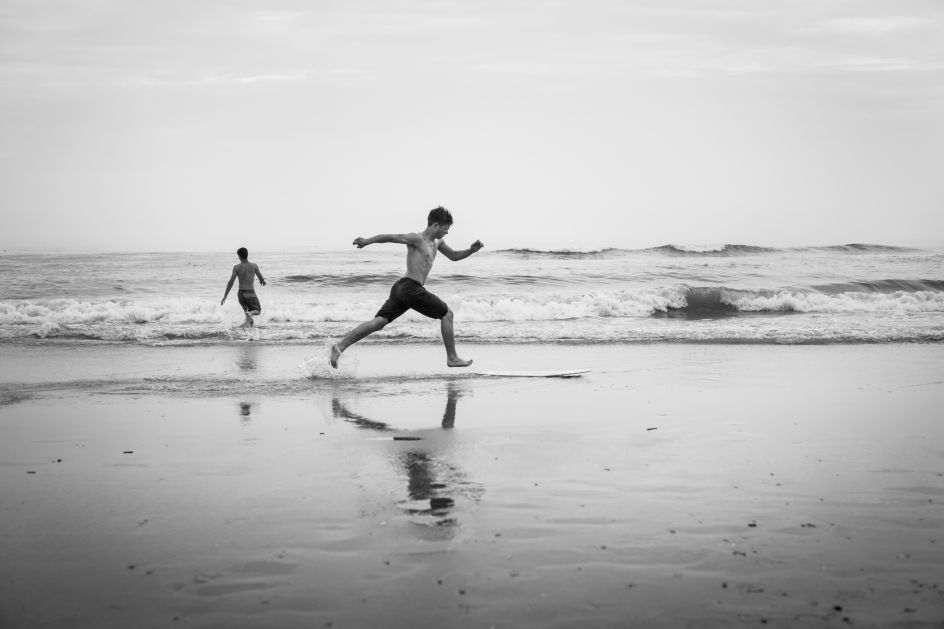
Zane Rockwell of suburban Philadelphia skimboards in the shallow surf. June 2018. © Timothy Roberts
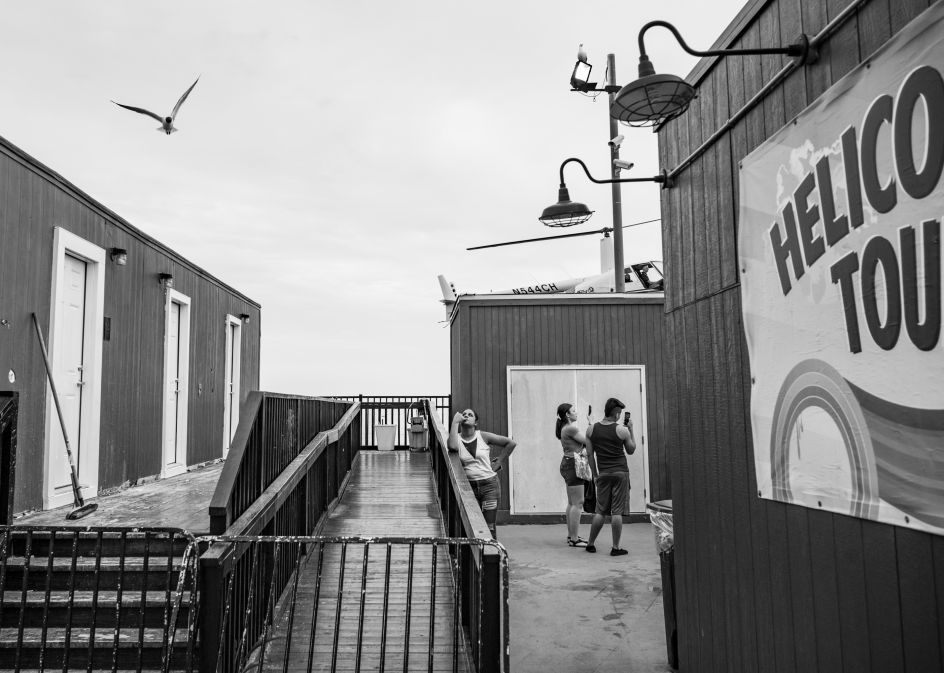
Customers wait for a tour of the shore on the Steel Pier helicopter. © Timothy Roberts
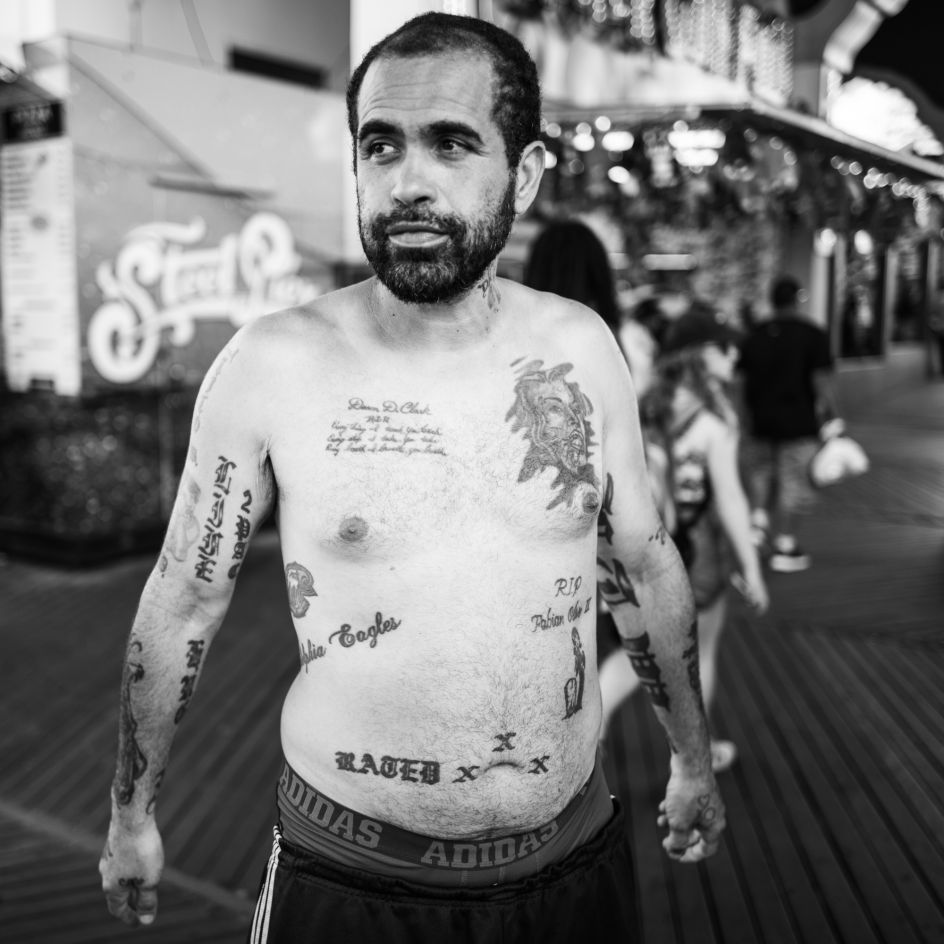
Frankie came to Atlantic City looking for work in the building trades. Photographed on the Boardwalk. © Timothy Roberts
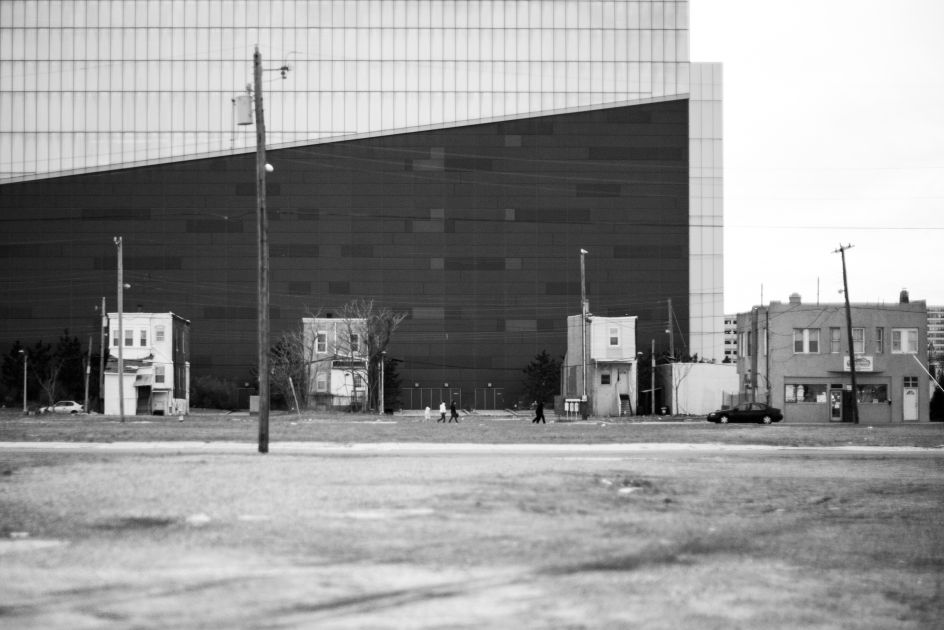
Three homes remain beside the Revel Casino (now the Ocean Casino Resort). Others were leveled in hopes that developers would buy the land for new casinos. © Timothy Roberts
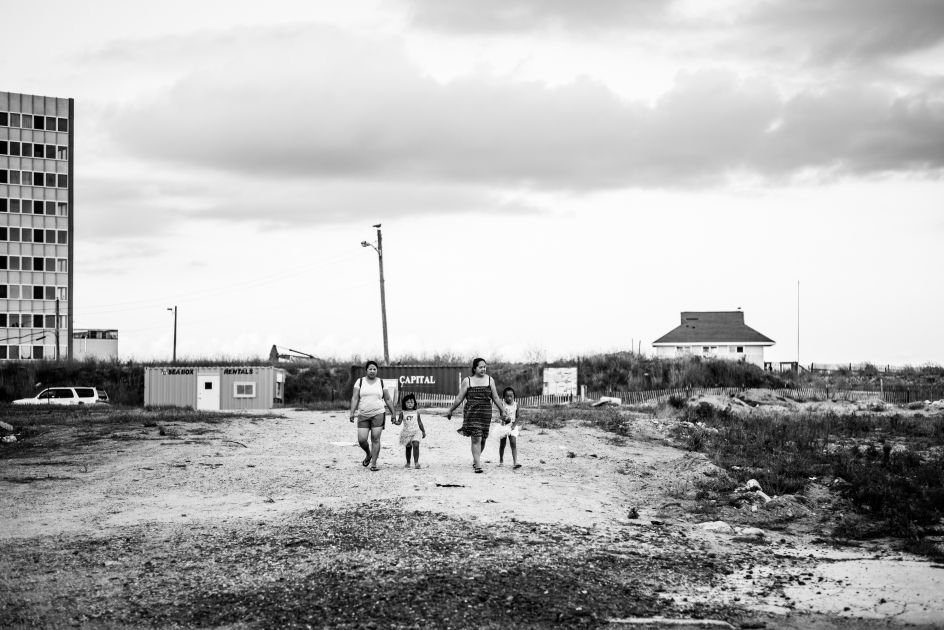
Mothers and daughters walk through the detritus of failed development. © Timothy Roberts
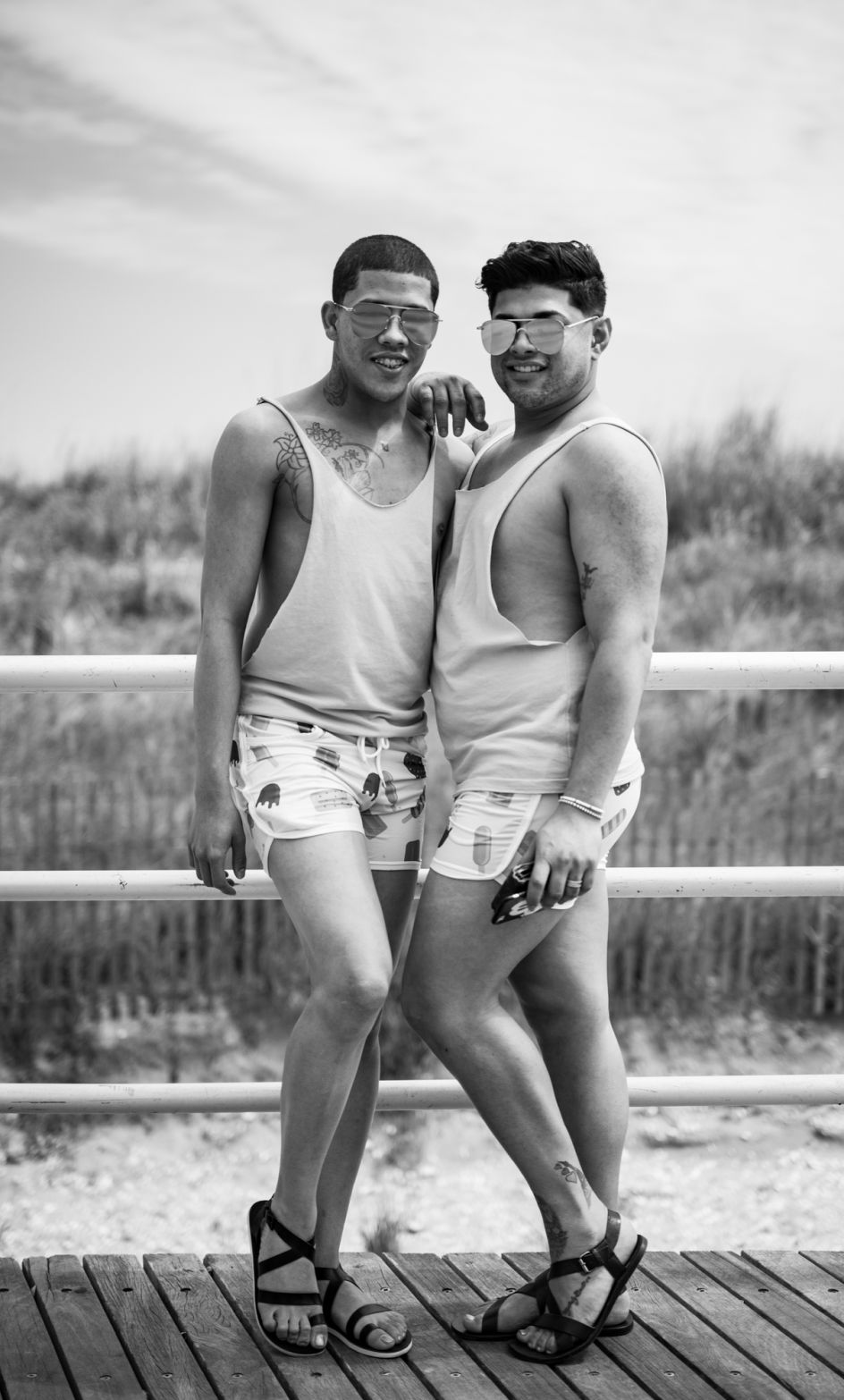
Boyfriends Christian and Nelson from Puerto Rico visiting the Boardwalk. May 2019. © Timothy Roberts
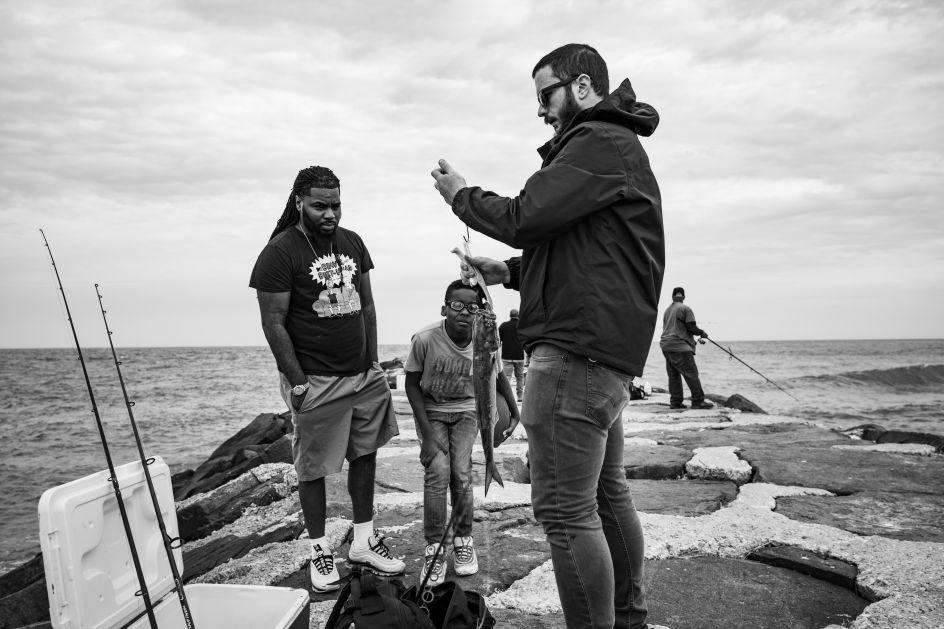
Wes Weaver of Philadelphia caught a 23 ½-inch bluefish off the North Jetty in May 2019. © Timothy Roberts
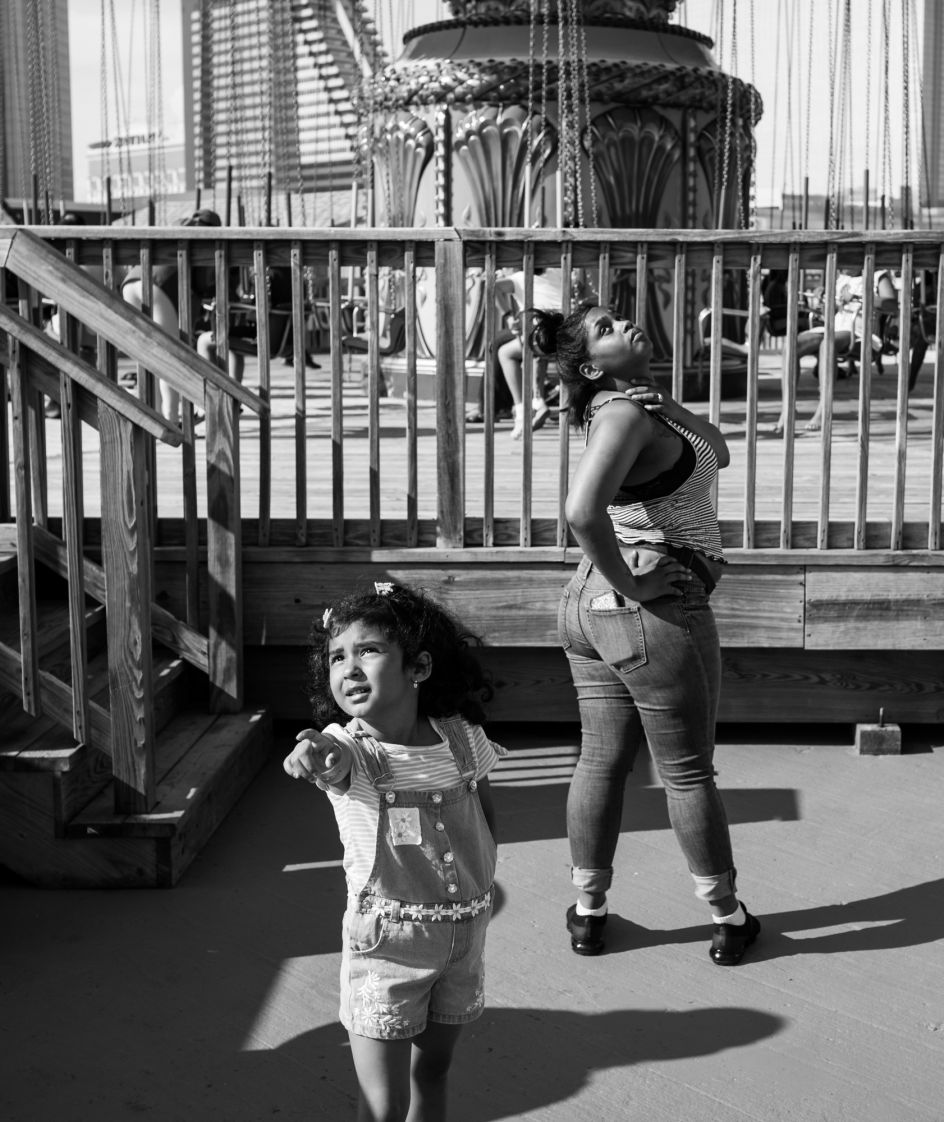
© Timothy Roberts
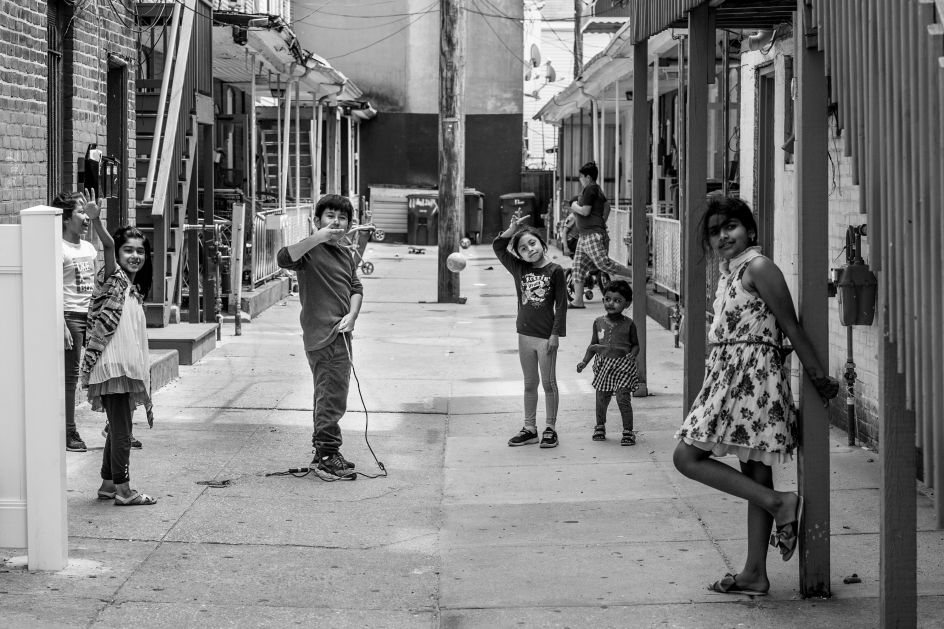
© Timothy Roberts
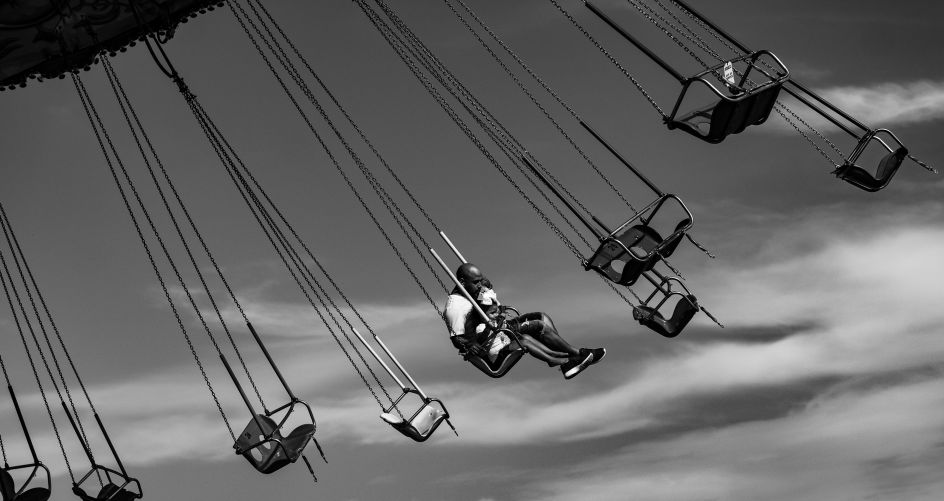
© Timothy Roberts
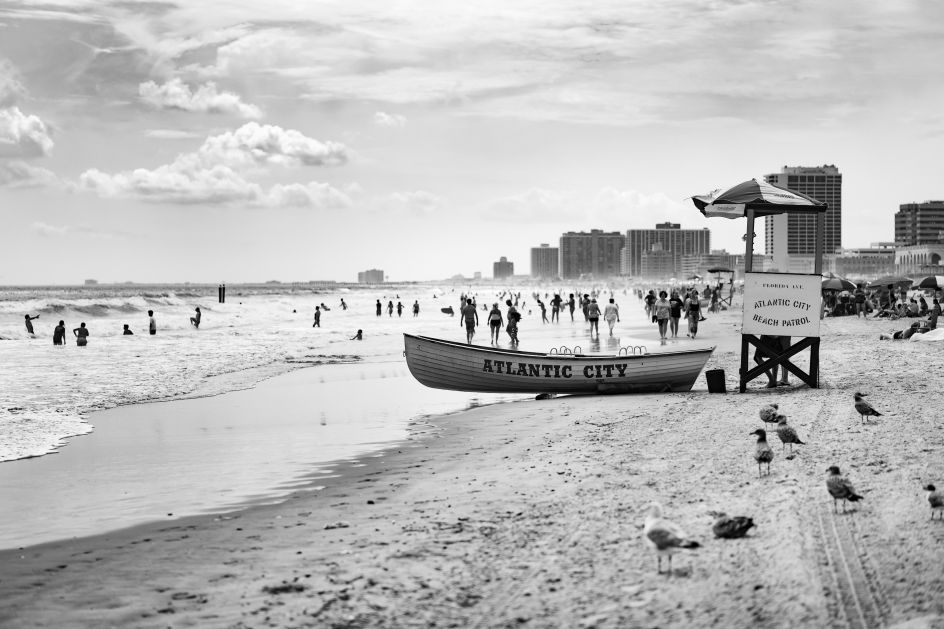
© Timothy Roberts




 by Tüpokompanii](https://www.creativeboom.com/upload/articles/58/58684538770fb5b428dc1882f7a732f153500153_732.jpg)


 using <a href="https://www.ohnotype.co/fonts/obviously" target="_blank">Obviously</a> by Oh No Type Co., Art Director, Brand & Creative—Spotify](https://www.creativeboom.com/upload/articles/6e/6ed31eddc26fa563f213fc76d6993dab9231ffe4_732.jpg)








